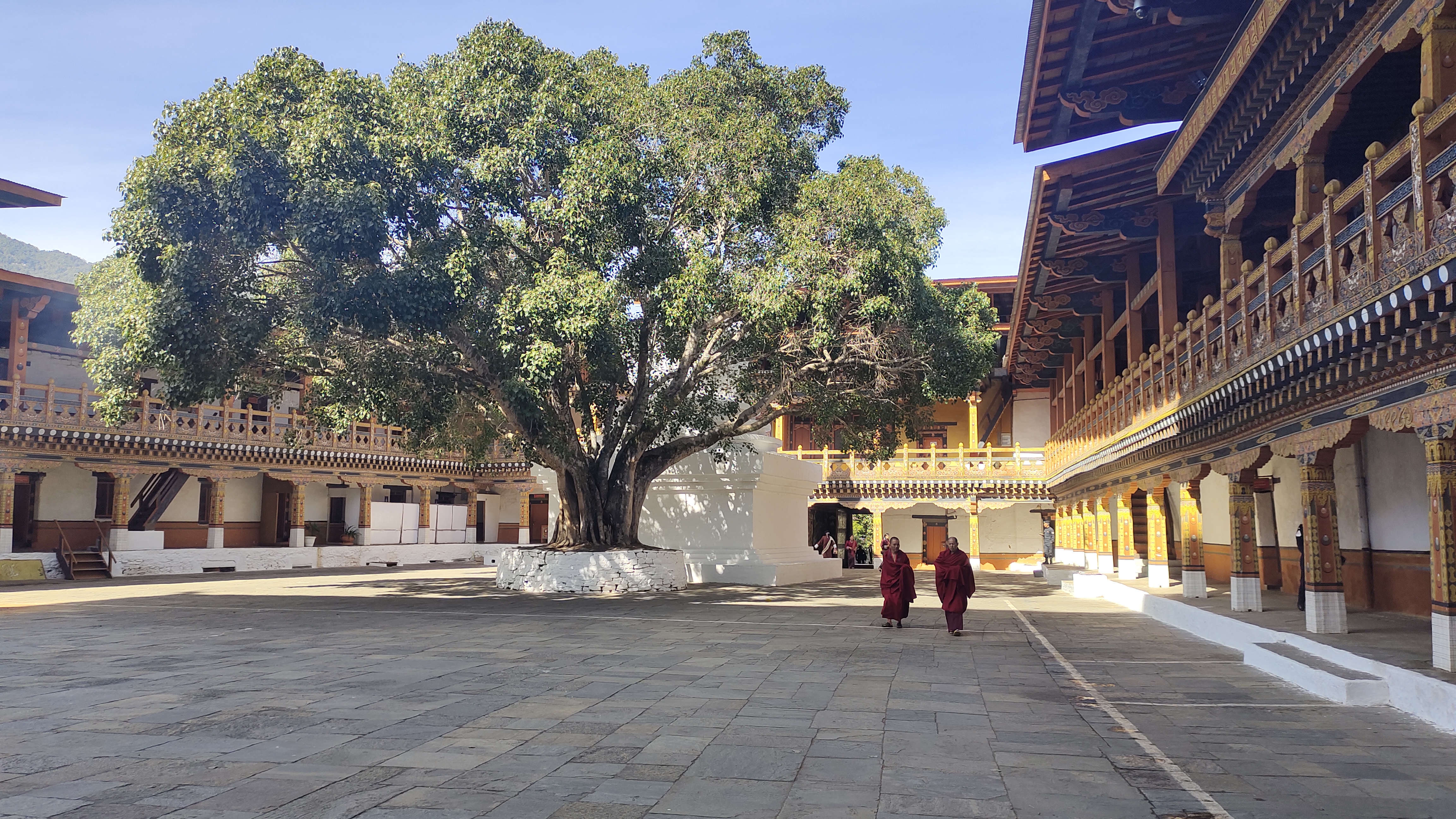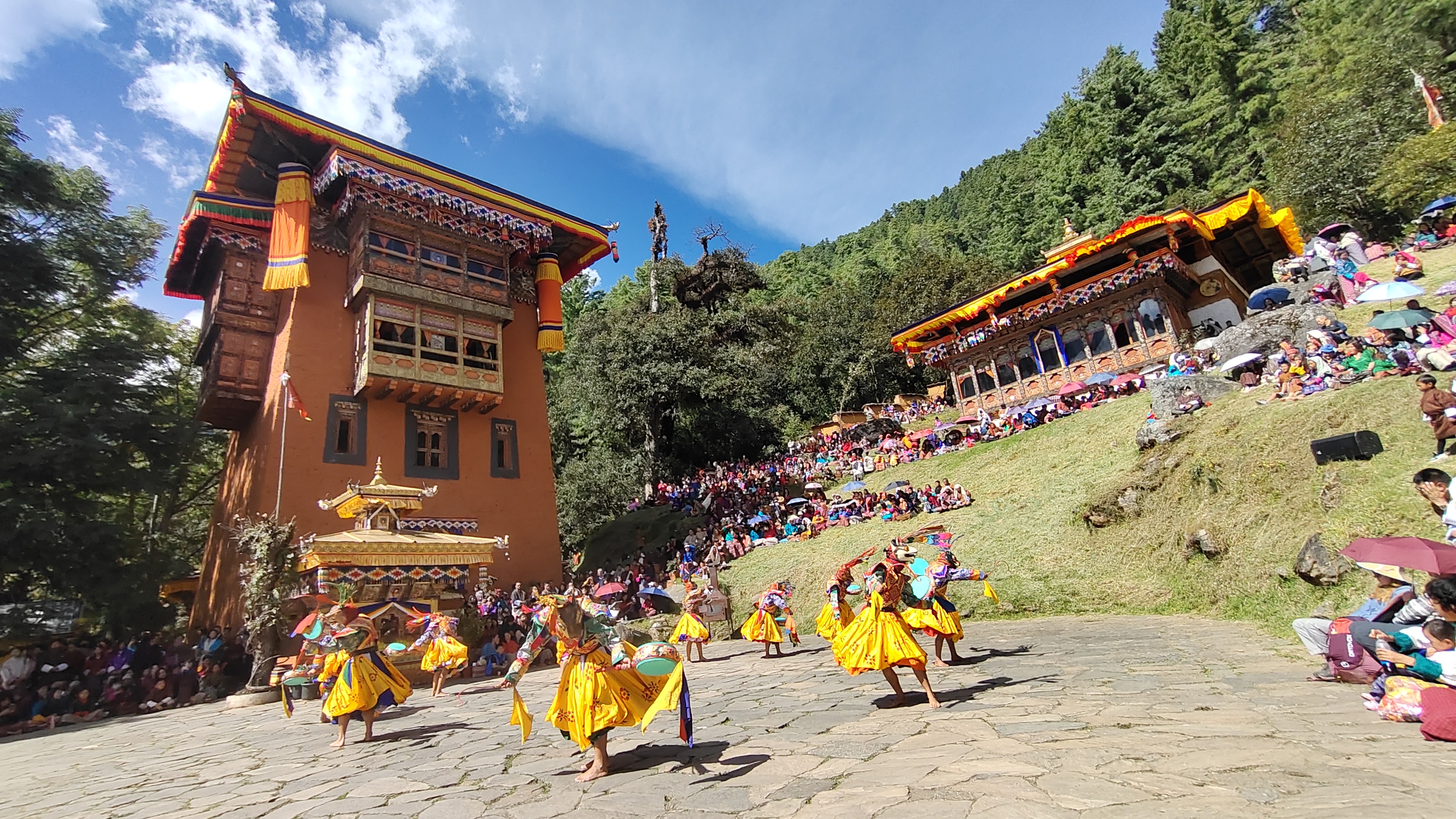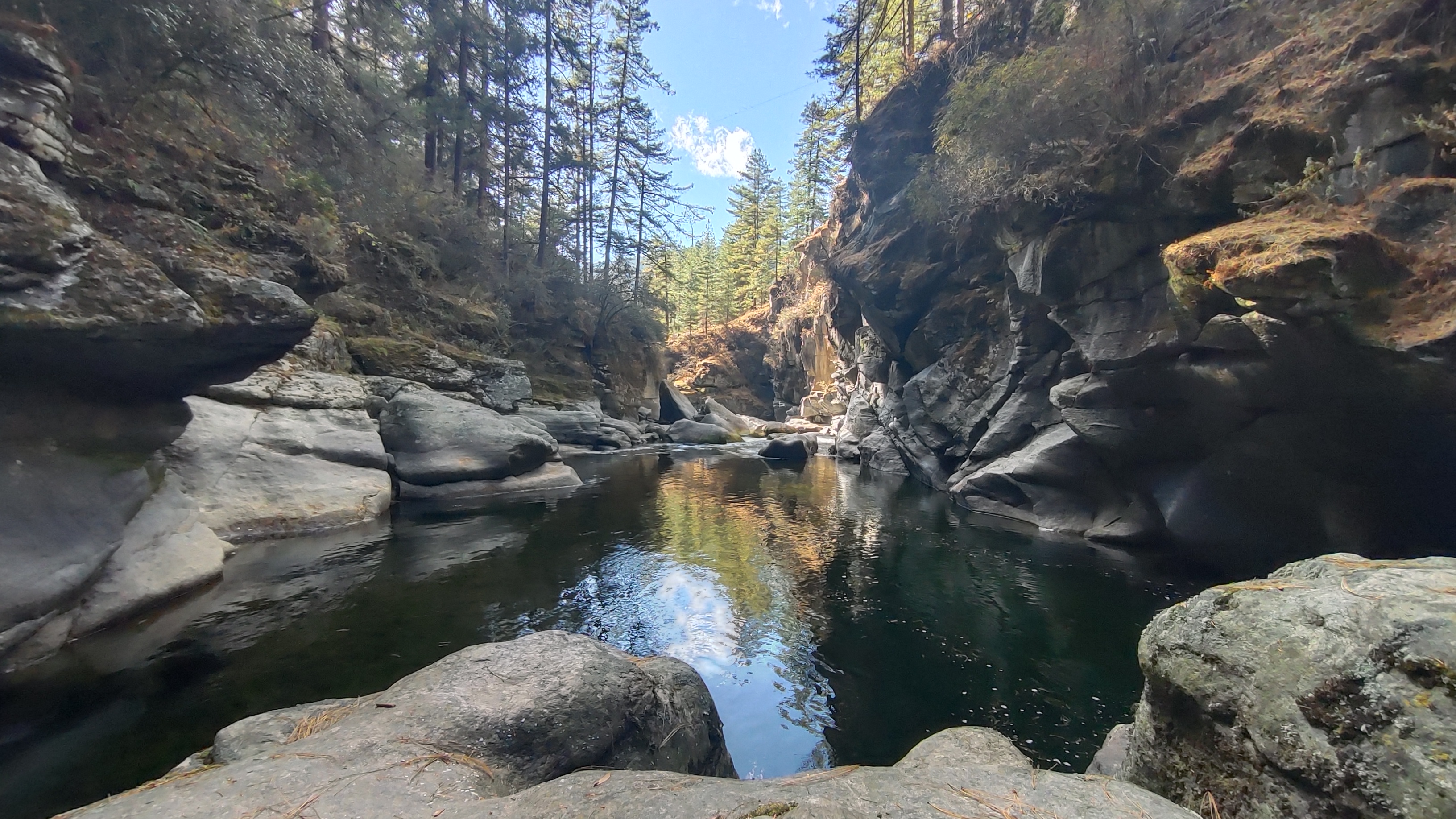Embark on an unforgettable 12-day Bhutan tour package that includes the highly acclaimed 6-day Druk Path Trek. This trek takes you from Paro to Thimphu, offering breathtaking views of Bhutan's natural beauty, ancient monasteries, and peaceful villages. As one of the most popular trekking routes in Bhutan, the Druk Path Trek offers an easy-to-moderate hiking experience amidst lush forests, stunning ridges, and pristine lakes. Along the way, you'll also get to explore Bhutan's rich cultural heritage through visits to ancient lhakhangs (temples), dzongs (fortresses), and villages.
Why Choose the Druk Path Trek in Bhutan?
- Scenic Beauty: The Druk Path Trek passes through diverse landscapes, including forests of blue pine, fir, and dwarf rhododendrons, offering spectacular views of the Himalayas.
- Mount Gangkar Puensum: Hike alongside the highest unclimbed peak in the world, Mt. Gangkar Puensum, visible from the trekking route.
- Cultural Insights: Visit sacred monasteries and dzongs that date back centuries, providing a glimpse into Bhutan’s rich history and spiritual heritage.
Day 01: Arrival in Paro & Transfer to Thimphu (1.5 hours)
- Arrival at Paro International Airport, traditional Bhutanese welcome.
- Scenic drive along the Paro River, passing through villages like Bondey and Shaba, to reach Thimphu.
- Visit:
- Thimphu's Weekend Market (open from Thursday to Sunday): Local produce and Bhutanese handicrafts.
- Tashichho Dzong: Explore Bhutan’s impressive fortress that houses the King’s throne room and government offices.
- Overnight stay in Thimphu, altitude 2400m.
Day 02: Thimphu Sightseeing
- Visit:
- Cheri Monastery: A sacred site for Buddhist education since 1627.
- Memorial Chorten: A monument dedicated to Bhutan’s Third King, often visited by locals for prayer.
- Buddha Dordenma: A colossal Buddha statue overlooking Thimphu Valley.
- Overnight stay in Thimphu.
Day 03: Thimphu to Punakha (2.5 hours)
- Drive through Dochula Pass: Panoramic views of the snow-capped Himalayas.
- Visit:
- Punakha Dzong: A stunning fortress at the confluence of two rivers, and the winter residence of Bhutan’s chief monk.
- Overnight stay in Punakha, altitude 1350m.
Day 04: Punakha to Phobjikha (3 hours)
- Drive through Wangdue and the Black Mountain Range, passing waterfalls and traditional villages.
- Visit:
- Gangtey Gompa: Hilltop monastery known for the Black-Necked Crane Festival.
- Phobjikha Valley: A serene valley, a sanctuary for endangered black-necked cranes.
- Overnight stay in Phobjikha, altitude 2900m.
Day 05: Phobjikha to Thimphu (5 hours)
- Retrace your journey via Dochula Pass to Thimphu.
- Visit:
- Folk Heritage Museum: Insight into rural Bhutanese life and traditions.
- Overnight stay in Thimphu.
Day 06: Thimphu to Labana (Trek Begins)
- Start the Druk Path Trek from Thimphu.
- Trek through forests, crossing the Pumo La pass (4100m), and enjoy views of Thimphu Valley and Mount Gangkar Puensum.
- Overnight camp at 3500m.
Day 07: Labana to Jigmelangtsho
- Trek through rhododendrons, passing the lakes of Janatso and Simkotha.
- Overnight camp at Jigmelangtsho Lake, altitude 3300m.
Day 08: Jigmelangtsho to Jangchulhakha
- Trek through high-altitude forests and meadows, with views of Chomolhari mountain.
- Possible sightings of yak herders along the way.
- Overnight camp at Jangchulhakha, altitude 3200m.
Day 09: Jangchulhakha to Jele Dzong
- Trek through ancient forests and reach Jele Dzong, a 17th-century fortress.
- Overnight camp near Jele Dzong, altitude 3000m.
Day 10: Jele Dzong to Thimphu (Trek Ends)
- Descend through pine forests to reach Paro, visiting:
- Ta Dzong (National Museum).
- Paro Dzong: A historical religious and administrative center.
- Overnight stay in Paro.
Day 11: Paro Sightseeing
- Visit:
- Hike to Taktsang Monastery (Tiger’s Nest), perched on a cliffside 900 meters above Paro Valley.
- Kyichu Lhakhang: One of Bhutan’s oldest temples.
- Hot Stone Bath: Experience a traditional Bhutanese bath to relax your muscles.
- Overnight stay in Paro.
Day 12: Departure
- Depart from Paro International Airport, carrying memories of your unique Bhutan experience.

















